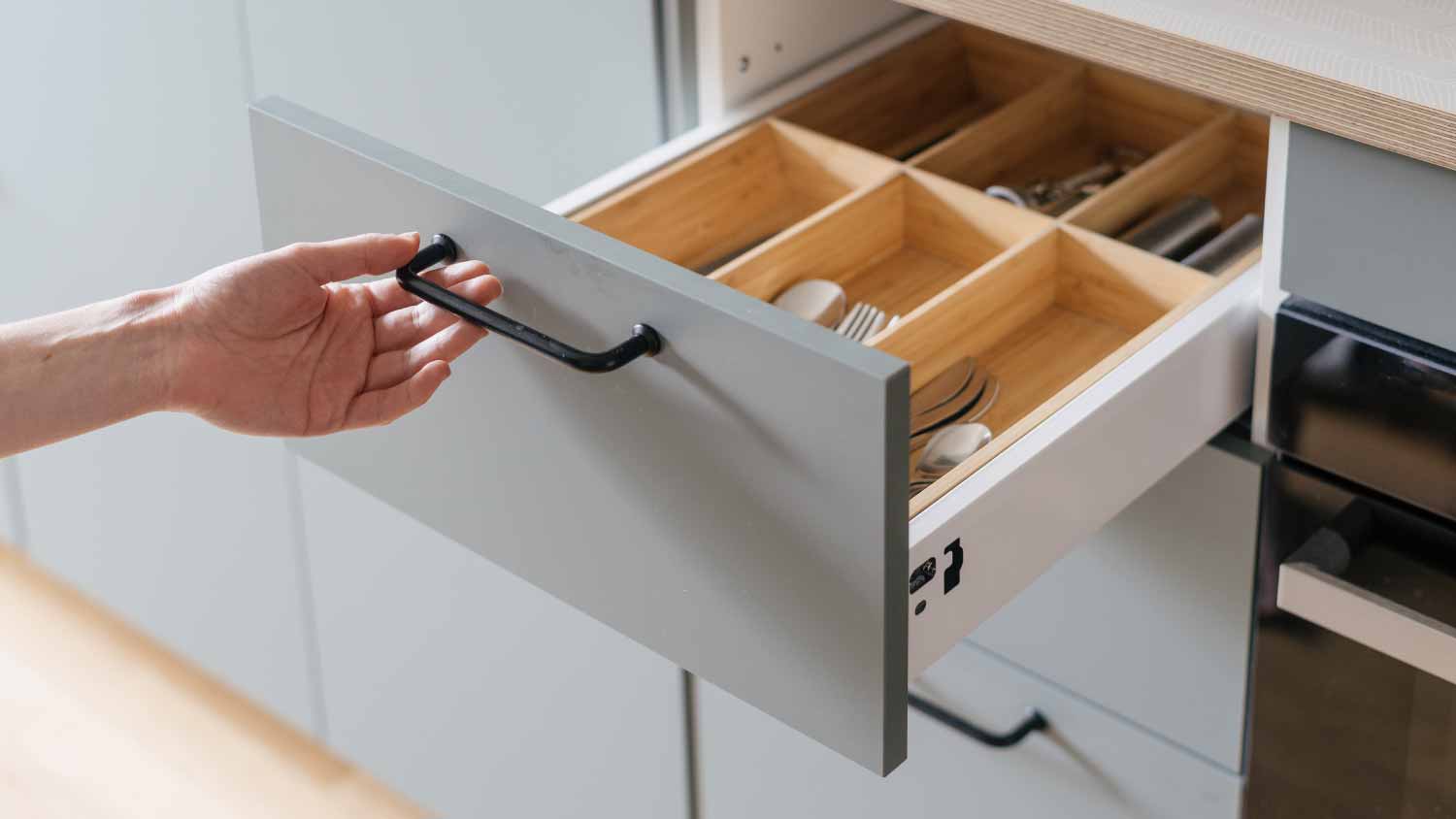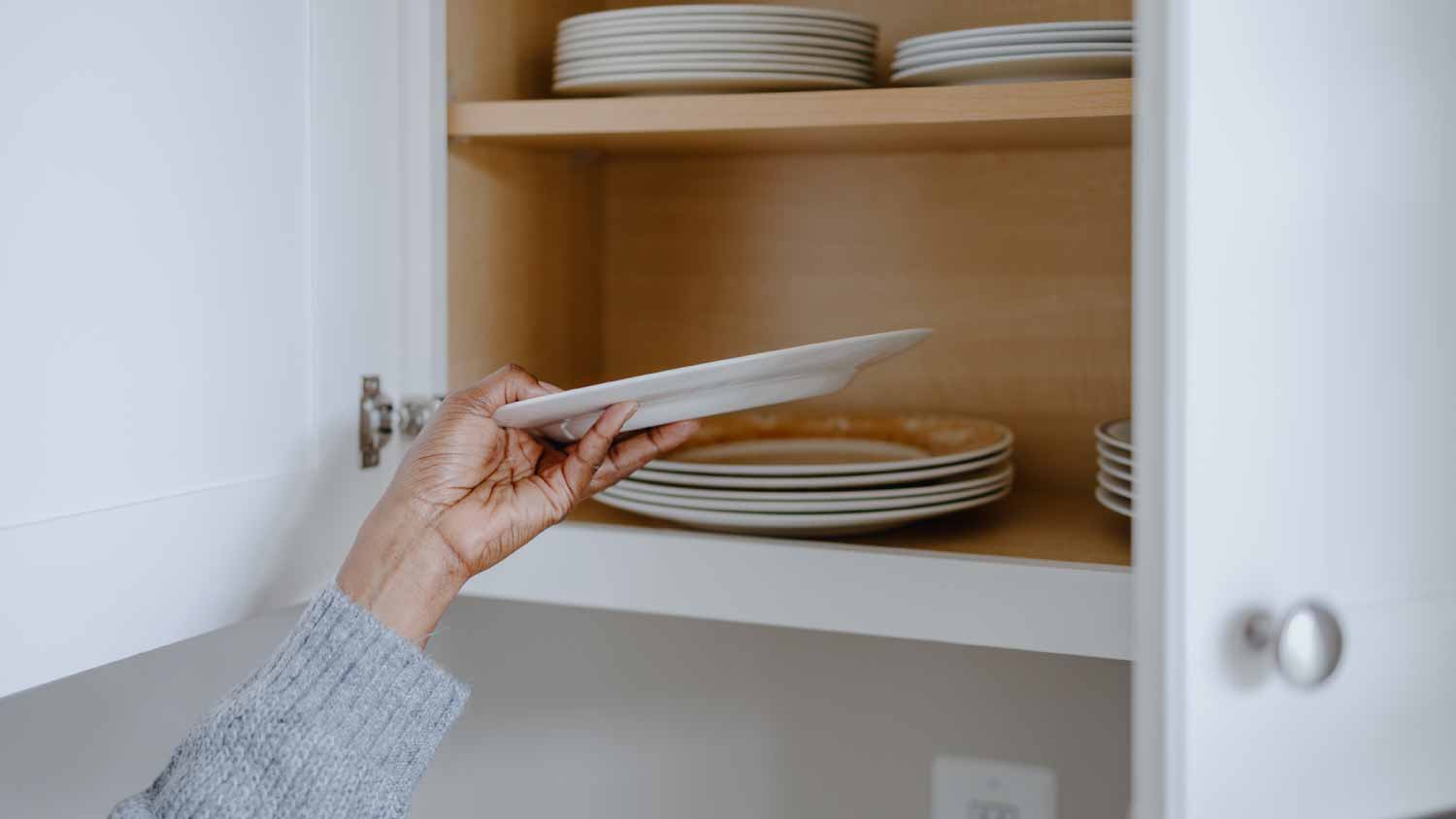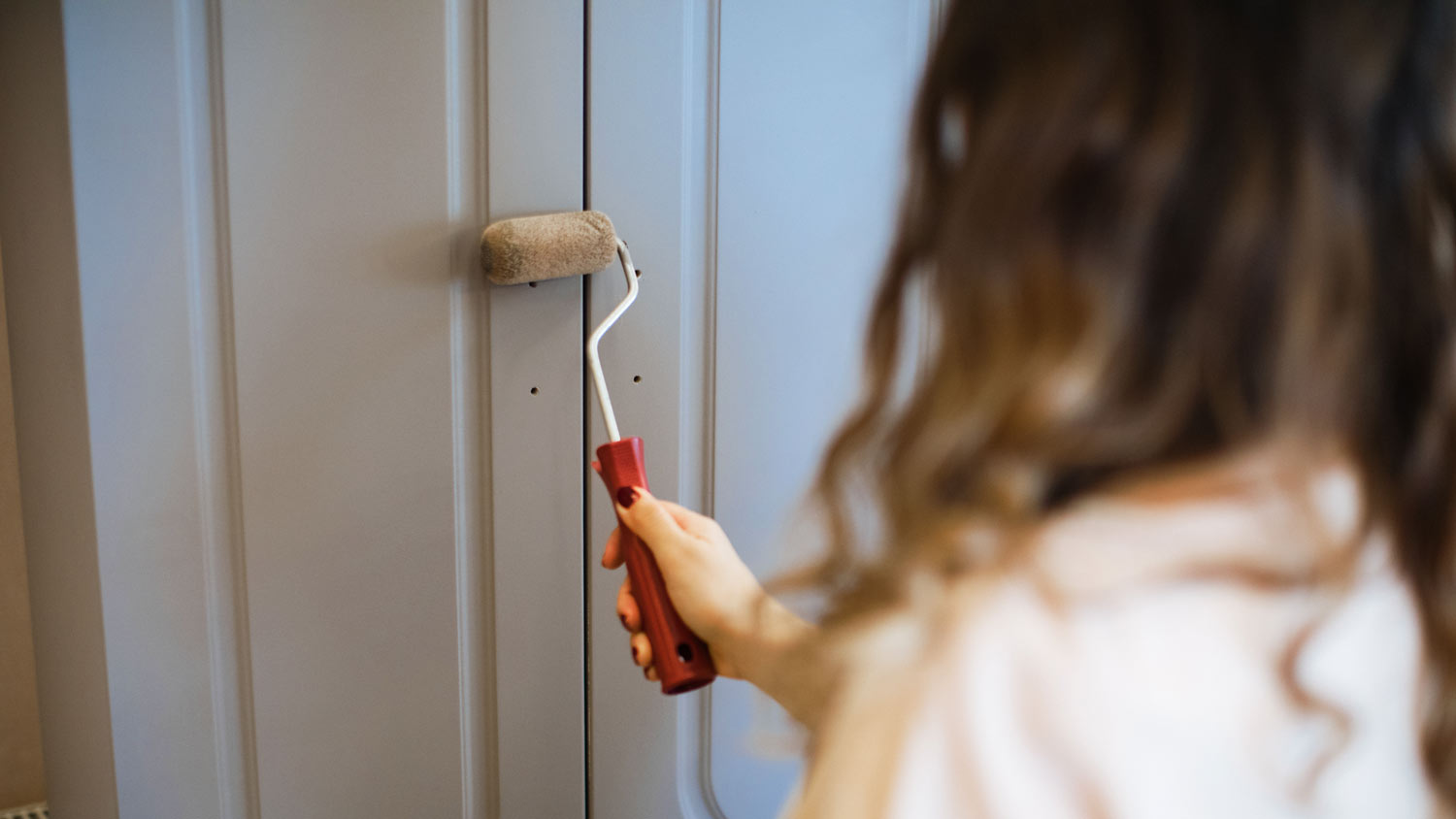
Is it time for new cabinet doors in your kitchen? Let’s explore the costs of new cabinet doors so you know exactly what to expect.
Learn the difference between these two kitchen features


Cabinets are storage pieces that can stand alone or be built onto a wall.
Cupboards are a type of cabinet meant to store items out of sight in various rooms.
These features serve similar purposes, but we use and arrange them differently.
You might be confused about the differences between cabinets and cupboards, especially since the terms tend to be used interchangeably. Think of the two as cousins in the furniture family—they have some of the same DNA but subtle differences that set them apart. Our guide can help you understand what makes each distinct so you can decide which type of storage feature your local cabinet maker should add to your home.

Although they’re often confused for each other, cabinets and cupboards can be differentiated by how they’re used, how they’re made, what shape they are, and their sizes.
| Type of Difference | Cabinets | Cupboards |
|---|---|---|
| Size | Smaller when built into wall | Larger if freestanding |
| Shape | Rectangular or square | Mostly rectangular, tall or short |
| Purpose | Store everyday items | Store extra items out of sight |
| Construction | Mostly made with wood | Made with a wider range of materials |

Cabinets and cupboards are essential for keeping things organized, but they have distinct differences in size, purpose, shape, and construction.
As mentioned above, cupboards are a type of cabinet, but they are usually smaller when built into a wall. They usually have shelves for storing dishes, cups, or pantry items. Think of a pantry cupboard where you keep snacks or a bedroom cupboard for storing clothes.
Depending on the location in your home, cupboards are meant to store items in a way that keeps them hidden from view. Whether you need to store extra towels in the bathroom or spare sheets in a guest bedroom, cupboards provide extra storage for things you likely don’t need every day. On the other hand, full and overlay cabinets keep your essentials within arm’s reach so that you don’t have to dig for your spatula. They’re meant to store everything from drinking glasses in the kitchen to toothpaste and floss in the bathroom, so they usually have a door or two to conceal what’s inside.
When used in bathrooms and kitchens, cabinets are square or rectangular or can sometimes have arches to match a specific design style. Since they are featured more as freestanding pieces of furniture, cupboards are taller and more rectangular or, if used in a media room or in an entry, shorter and wider.
Cabinets typically have one or more doors, shelves, or drawers to store everyday items. They’re most commonly made of wood but can sometimes be constructed with metal or plastic. Cupboards can also have doors, shelves, and drawers and can be made from a wide variety of materials, from wood, metal, and plastic to stainless steel and melamine.
From average costs to expert advice, get all the answers you need to get your job done.

Is it time for new cabinet doors in your kitchen? Let’s explore the costs of new cabinet doors so you know exactly what to expect.

The cost of garage cabinetry and storage depends on the size, materials, labor, and more. Our guide will show you how much garage cabinets cost.

Discover the cost to paint kitchen cabinets, including average prices, cost factors, and tips to help you budget and save on your next kitchen update.

Do you have a cabinet door that’s banging into walls, appliances, or kneecaps? Here’s how to stop cabinet doors from opening too far with all the best solutions.

Discover how to build cabinets for your kitchen, bathroom, or anywhere to save money on your next remodel or just to show off your skills.

There are many types of cabinet hinges, but the ones you can choose from will depend on the construction of your cabinets. Learn more here.